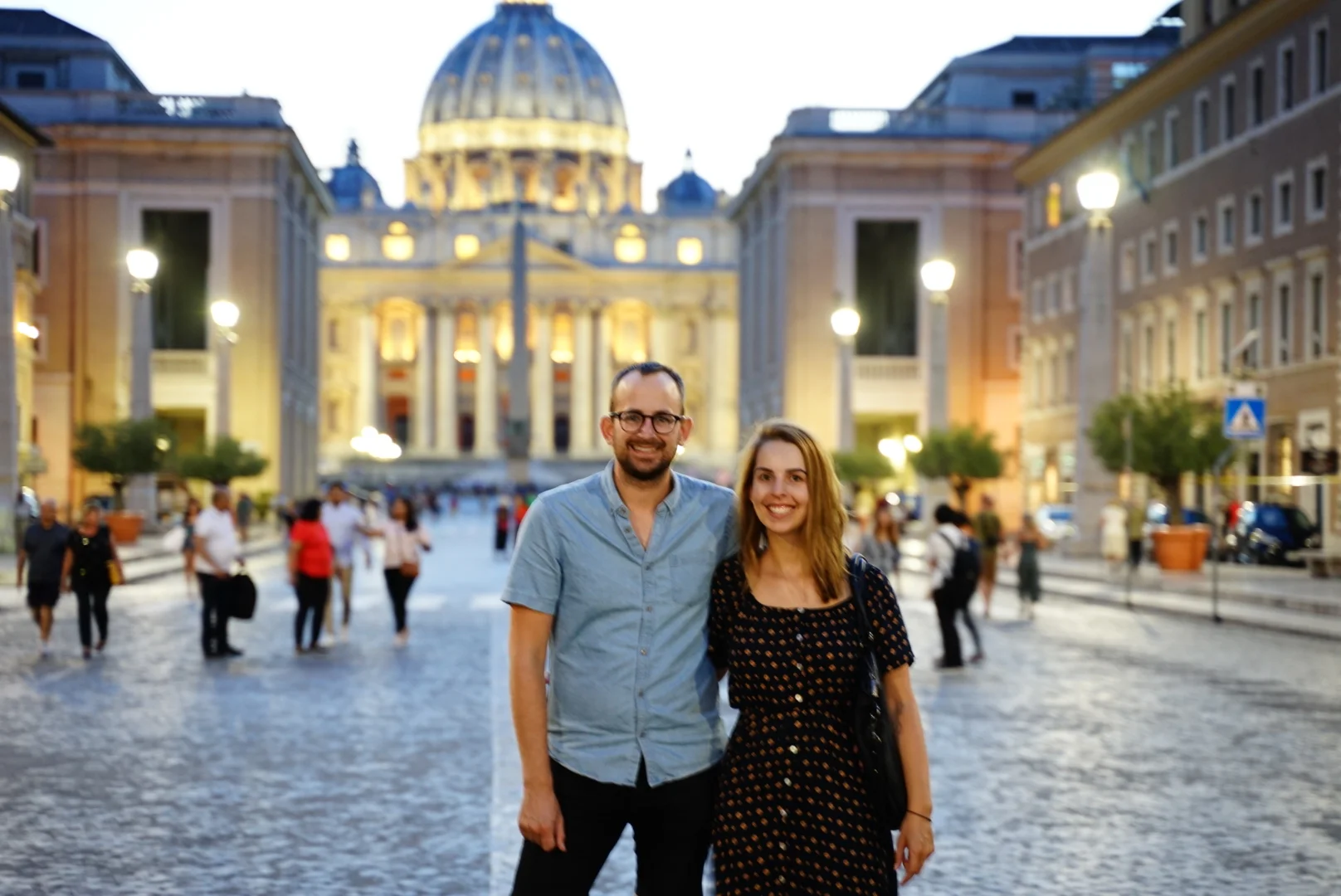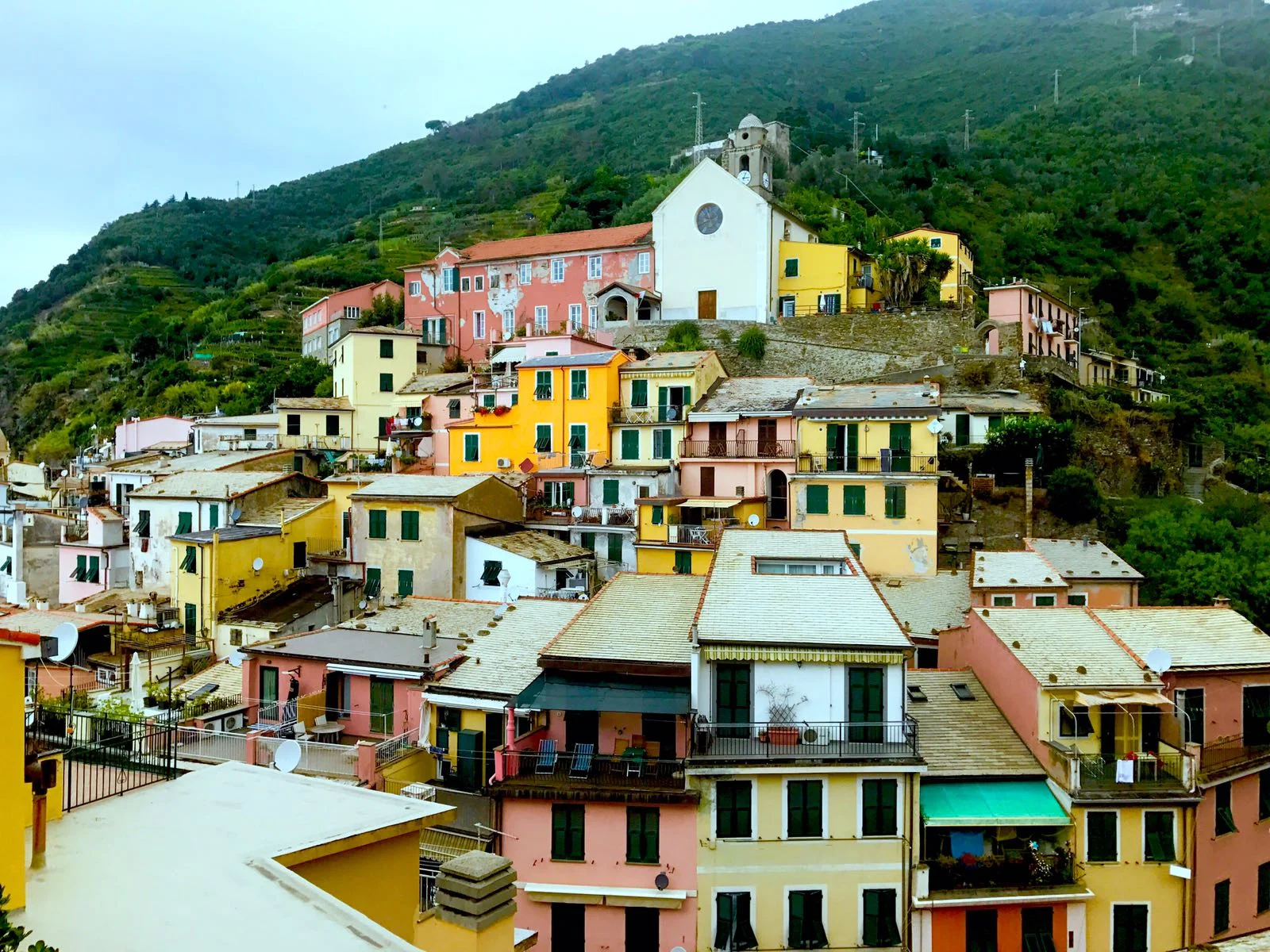Empires and Art
With Barbarian tribes on the fringes, an economy based more and more on slave power and foreign booty, and a population plagued by disease and corruption, the Western Roman Empire was well and truly on its knees.
As a last attempt to stall disintegration, Emperor Diocletian split the Roman Empire into two administrative halves, shifting the capital from Rome to Constantinople (present day Istanbul). In doing so, he agreed to shared leadership, with an equal split of power. Ruling from Constantinople, Emperor Constantine made his mark early on by legalising the practice of Christianity across the Empire. This controversial decision threw the population of Rome into chaos and mistrust: How could Christianity, the once-persecuted cult, become the backbone of their beloved Empire?
The Christians blamed the fall of Western Rome on moral decay; the Pagans blamed it on the Christians; the Socialists blamed it on a shallow economy based on the spoils of war; and the Liberals blamed it on the Conservatives (and vice versa). They all agreed that the future looked grim.
Landowners retreated to their country estates and the poor followed them, desperate for work. Schools closed, as education became a luxury, afforded by the wealthy few. Books were lost — either during the wars or because very few people had the resources and opportunities need to study them, let alone copy them. Scientific and cultural developments stalled, as the focus shifted towards survival. [In fact, many of the achievements pioneered by the Ancient Romans and the Greeks were lost to the west for centuries, until trade with the Muslims and Byzantines (the Eastern Roman Empire) caused the knowledge to slowly trickle back.] Gradually, the population of Italy fell into darkness and religious superstition.
And so the Italians survived, more or less, for a few hundred years, until the year 1000, when the economy began to prosper. The ports of Venice, Pisa, Amalfi and Genoa became flourishing trading hubs. Ships filled with Christian Crusaders, returned from the East, with bounties of spices and luxury goods from the Orient, promoted a roaring trade. The Northerners became capitalists, loaning money – and charging interest – to Europe’s royalty. With wars to fight and soldiers to arm, the pleas for loans rolled in.
That is until the Bubonic Plague of 1348 struck Europe, inflicting a terrible blow to the Italian economy and wiping out as many as one third of the population. But every cloud has a silver lining. As the focus shifted from death and decay to beauty and pleasure, the people of Italy began to rediscover their capacity to learn, create, and especially – enjoy! Humanism – the belief that life on Earth should be cherished rather than simply endured – rose in popularity, as people embraced the Arts and Sciences with fervour.
It’s difficult to appreciate Florence as the ‘Cradle of the Renaissance’ without understanding the struggle that preceded the ‘glory years’. Today, Florence is an art historian’s dream, bursting with more paintings, sculptures, galleries and museums than one could possibly even begin to appreciate in a 24-hour period. When we’re not strolling the famed Uffizi Gallery, admiring Boticelli’s Birth of Venus or Carravagio’s Medusa, there’s a good chance that we’re sampling gelato, grazing on antipasti or appraising the local leather goods. (Or eating pizza. It is pizza month, after all.) We spend our last evening picnicking in Piazzalle Michelangelo (with just about every other tourist in Florence), listening to a quirky pair of new age folk buskers as we watch the grand Duomo of Florence fade into the dusky light.
The Tuscan countryside is known for its sprawling vineyards, terracotta-roofed farmhouses and family-run wineries. Here and there, a pencil pine stands to attention like an exclamation point at the end of a row of grapes, ordering us to stop and take a photo. We oblige, willingly snapping our way through the quaint, yet picturesque, Tuscan towns. We arrive in the historic city of Siena, to find it overrun by cameramen, stunt cars and extras on location. Enthralled, we watch from the sidelines for hours, amazed to discover just how much work goes into creating a simple 15-second car chase scene. Tired from a day of adrenaline-packed filming, we settle in for a hearty farm-to-table meal of pasta, crusty bread and beef tongue.
Having chivalrously taken the squeaky sofa bed in our Florentine apartment, we’re feeling a little smug when we arrive at our Roman digs. The second bedroom — little more than a garage with a sofa bed — is a claustrophobe’s nightmare, with only a trapdoor for access. Not even paper-scissors-rock can solve this one. After taking a few happy snaps to document our trauma, we rummage around online until we find something with a little more breathing room, closer to town.
Craving something a little out of the ordinary, we splurge on a feast of sushi and sashimi (as un-Italian as we could get), before joining the throngs of tourists at the Trevi fountain. Not realising that the longstanding tradition is to toss a coin from the right hand over the left shoulder, to ensure our return to Rome, we take a few selfies, and quickly hurry away, lest we be trampled by loved-up couples mid-proposal.
If we thought we had gallery-fatigue in Florence, we were dearly mistaken. The Vatican Museums — listed as the 5th biggest art gallery in the world, after the Louvre and the Metropolitan Museum of Art — house some of the most notable works of Christian, Roman and Renaissance art in the world. Strolling through the immense collection, admiring the artefacts amassed by popes throughout the centuries, we’re blown away by just how wealthy — and overrun by tourists — the Vatican really is.
We’ve all seen the brutal scenes from the Gladiator, where Rusty Crowe heroically defeats tigers, slaves and — ultimately — the Emperor to win his freedom. The storyline might stray a little from history but it makes for an epic 2.5 hours of dramatic cinema. Enormous as the Colosseum is, the arena (also the Latin word for ‘sand’) feels surprisingly empty, with only tourists for company. We listen to an audioguide as we pace the levels, in an attempt to bring the history of the place to life.
We imagine the Vestal Virgins — girls chosen from as young as age 6 for a life of chastity — sitting conscientiously, in prime position, below the Emperor; the Gladiators warming up below the arena floor, unsure of their fate; and the slaves contemplating their chances of freedom.
As well as having the right to own property, vote and write a will — rights unimaginable to the general female population at the time — the Vestal Virgins had the ability to pardon criminals and slaves, awaiting execution. If a Vestal Virgin survived her 30 years, without transgression (transgressions of the flesh, in particular, were punishable by death and torture), she was rewarded with a comfortable retirement and the right to marry, if she chose. Unsurprisingly, many forfeited the right, knowing that the days of childbearing were likely behind them.
Talk about a heavy burden for a 6-year-old to bear ...
We spend our last afternoon in Rome, strolling through the Forum, contemplating just how good modern life is, before supping on a feast of lasagne and tiramisu in the back alleyways of the city.



